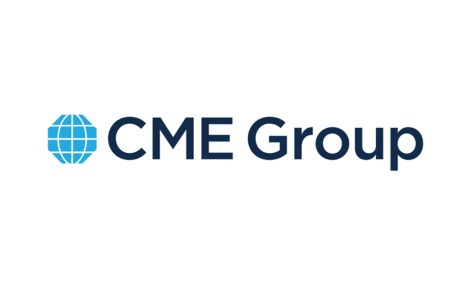



Hermitage Opens 'State of the Art' EU Licensed Boar Stud
IRELAND - According to Dr John Mabry, director of Iowa Pork Industry Centre and a professor at Iowa State University, who oversees the Hermitage genetics programme, the new Hermitage AI centre at Callan in Ireland, which cost over 32 million, is the only one in the world like it.Not for long though, as Hermitage has plans to build a replica in Cambridgeshire, UK for its expanding international AI business and to compliment the existing North Tawton AI stud.
The new 'state of the art' facility is built to house 240 boars and has stainless-steel gates, plastic-panelled pens and I-Tek tunnel ventilation.
In this unit the air comes into a sealed tunnel through a viral protecting screen and passes over six-metre-long water tubes which can be heated or cold, depending on the weather.
The air is drawn through vents in the top of the sealed tunnel, up through plastic funnels, hits the roof and is mixed with existing air.

It is taken out through an outlet at each corner of the building, below the slatted flooring, through plastic pipes protruding above the slurry in the 1.5 metre deep slurry channels. This should give an exceptional atmosphere.
Rubber mats are provided for the boars to lie on in 3 metre square pens which have on-floor feeding from a drop-pipe in one corner.
The pen dividing gates can be swung round to make a crate-like restraint area should the boars need to be treated or examined, and also for cleaning and washing down.
The collecting pit has three collecting stations at each side. It is designed for three men to work in. The robotic collection system will enable each man to service two boars at a time, which in theory should enable the three staff to collect a total of 40 boars per hour.
As the system is robotic, once the boar has mounted, each member of the team can then prepare their next boar, which is opposite.
Much thought has been put into the design. A lot of the ideas have come from Hermitage's Ned Nolan, who has picked up useful ideas on his extensive travels.
Pneumatically-operated gates allow the boars to enter and exit the collecting area, which means staff don't have to climb out of the pit to do it manually. Other members of staff will bring the required boars and take them back. It is an awesome sight to view the full length of the building.
The laboratory for processing and packing the semen has separate areas for lab staff and pig staff and neither will ever enter the other's area.
No courier vans are allowed anywhere near the site. All semen is taken by Hermitage to the company headquarters in Kilkenny and is despatched from there.
A security system is in place on the site at Callan, which is in a very isolated, pig-free area. A mobile generator is available in case of power cuts.

The new centre was opened by Irish minister of agriculture Brendan Smith on Friday 29th January.
At the original stud where testing for both boars and gilts takes place, as soon as the gates to the farm are open and a vehicle approaches, automatic disinfecting sprays switch on.
All the stock on this site are bred here and if any pigs are brought onto the site, which is rare, it is through C-Section or embryo transfer.
The gilts here are subjected to a rigorous Best Linear Unbiased Prediction programme where the history of all the various families of Landrace and Large White are recorded and analysed, and the best selection made to carry on the increased performance of the last decade.
Hermitage has over 20,000 GGP/GP sows across all its units from which to generate its genetic material for sale on the world market. It supplies pigs to 36 countries.
Genetic progress is seeing more pigs born and improvements in economically-important breeding traits, to produce better mothers which in turn produce faster, more efficient growing pigs with higher lean-meat percentage.
On the terminal sire side this has culminated in the introduction of the much-acclaimed Hermitage MaxgroTM boars. In addition to the MaxgroTM, Hermitage uses Duroc and Pietrain for customers in various parts of the world.
Hermitage can help its customers choose the right sires when doing on-farm rotational crossing.
Units anywhere in the world can send their physical results to Hermitage's headquarters, where the sow breeding value history is kept, and these results are analysed and the best match for any particular sow to produce the next generation for breeding are then selected and the appropriate semen delivered, using the company's Mate Selection software.
There is a small charge per year per sow but the improvements outweigh that many times over.
This process has improved genetic potential by 0.8 of a pig per sow per year. Days to slaughter at 110 kilos live have improved dramatically with many animals putting on over 1,000gms a day in the final stages, which means less than 20 weeks in some cases.
Now with well over 30 pigs born alive per sow, how far can we go at increasing numbers? In Dr John Mabry's view, anything over an average of 15 born per litter may have an adverse effect on piglet size, therefore much emphasis is being placed on piglet birth weights from these hyperprolific lines.
The existing AI station next to Hermitage's headquarters will be redeveloped as an embryo transfer development centre where the top one percent of Hermitage females will be used to produce embryos for export to customer breeding programmes worldwide.






